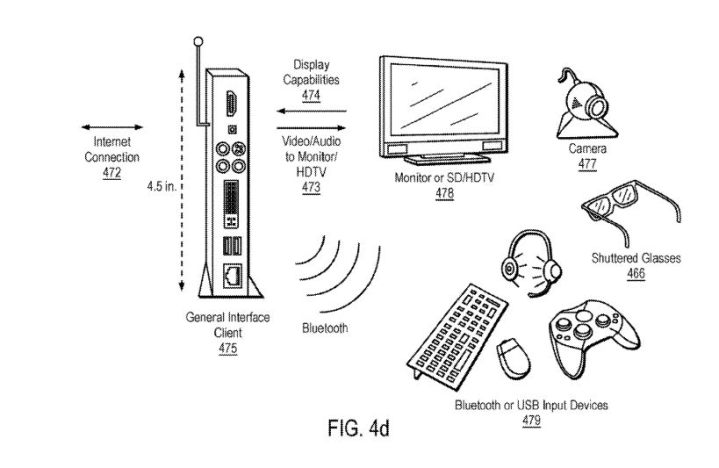
If you’re one of the many people clamoring for details and updates related to the next generation of home console gaming, Sony has dropped a few patents that could be related to the PlayStation 5 and a next-generation virtual reality headset. One particular patent reads like an answer to Google Stadia and the other focuses on controlling a VR experience using your voice.
The Google Stadia team is positioning the game streaming platform as a flexible option with significant benefits over the competition, but one of its competitors may be working on an answer to Stadia’s ability to reach gamers no matter what type of hardware a consumer may be working with.
A Sony patent revealed a “system for combining recorded application state with application streaming interactive video output.” With this, a game would be fed through a hosting service that can be accessed over the internet via a set-top box, PC, or mobile device. That device transmits the game to a monitor or HD TV and players control it with mouse and keyboard or a controller.
Essentially, this would be PlayStation’s answer to Google Stadia and could launch alongside the PS5 with a separate subscription. One of the benefits of Stadia is that the company can upgrade its hardware and users, theoretically, won’t have to be concerned with upgrading anything to work with newer, more demanding games. Sony and Microsoft aren’t in any danger of losing out on their positions as ideal home gaming solutions yet, but a patent like this one could help to cut into the pie that Google is aiming for. Not every gamer can afford to upgrade their consoles each time a new one comes around and may not be able to buy one at all, so it is possible these streaming solutions could be the perfect answer for them.
The other patent from Sony is “transitioning gameplay on a head-mounted display” and could be related to a next-gen PlayStation VR headset. Specifically, the headset will be listening for vocal input from a person not wearing the HMD and allow the wearer to pause the game and see through an external-facing camera to view the space outside of the headset. This will allow the user to interact with this person and their surroundings without having to take the headset off. This is potentially a safety feature that will prevent collisions with other people or objects in your vicinity when playing in VR. You’re typically wearing headphones and can’t really hear people outside but, with this patent, the headset will be listening for you.
Editors' Recommendations
- PlayStation 6: release date speculation, price, specs, and more
- PlayStation Portal 2: 8 features we want in Sony’s next-gen handheld
- PlayStation Spring Sale: best deals, how long is the sale, and more
- You need to try PlayStation VR2’s most psychedelic game yet
- One year later, my PlayStation VR2 is collecting dust




